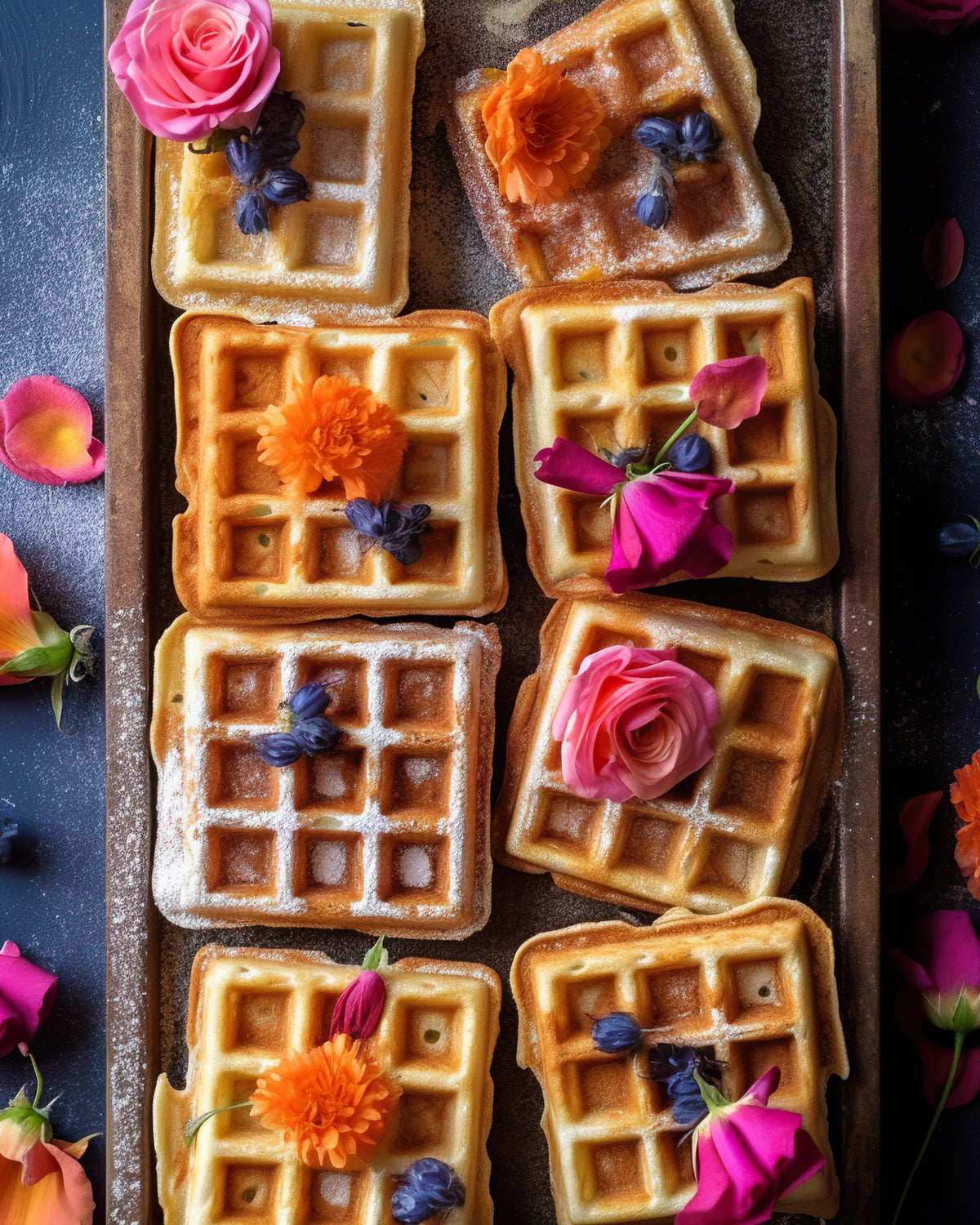
History of the Heart Symbol
The all-too-familiar heart symbol is a staple in our daily communication—both verbal and digital (and sometimes edible!). Its bold, curvaceous form conveys a wealth of sentiments, but its roots are often veiled in mystery. Journey with us as we uncover the history of the heart symbol, understand its human emotion, and dive into the vibrant world of heart emojis that color our modern forms of communication.
From the Heart
While the origin of the heart shape is subject to various theories and speculations, one of the more provocative suggestions is that it derives from the silhouette of a woman bending over. This interpretation, however, is widely considered a myth and not substantiated by historical evidence.
The most recognized theories link the heart symbol to natural objects, such as leaves or seeds. Its earliest documented appearance can be traced back to the fig leaves that adorned ancient Roman sculptures and mosaics, embodying the sacred nature of human affection.
Another theory is that the silphium plant seedpod, used in ancient times for seasoning and medicine, is often cited due to its heart-like shape. Yet, the true origin remains a mystery. The only truth we know is that it became a universal emblem of love.
The Color of Love
The red heart is the most widely recognized symbol in the world. In psychology, the color red elicits strong emotional responses. It's the color of our circulation system, life force, and vitality. Red is a universal symbol of life, love, and passion. In the context of the heart symbol, the color reinforces the essence of love.
The Evolution of Heart Emojis
The heart symbol has evolved from a mere typographic shape to embody the very essence of human connections online. No longer confined to the traditional red, heart emojis now span a spectrum of emotions. Colorful heart emojis are not only visually distinct but also carry varied connotations, transforming them into a nuanced language of their own.
❤️ The classic red heart epitomizes deep love and affection, often used to signify romantic love or intense admiration.
🩷 The pink heart often represents a budding romance or the beginning stages of love but with a softer, more gentle quality than its red counterpart.
💛 The yellow heart, with its sunny hue, conveys warmth, happiness, and platonic friendship
💚 The green heart can represent feelings of jealousy or a love for nature.
💜 The purple heart is frequently associated with appreciation, adoration, and gratitude.
💙 The blue heart can symbolize trust, harmony, and loyalty, traits typically attributed to deep, stable friendships.
Each colorful heart, thus, serves as a unique emotional signature for the digital age, enabling individuals to convey a spectrum of sentiments in a single tap.
Final ‘Emoji’onal Thoughts
The journey of the heart symbol, from its roots in ancient Roman culture to its presence today in the form of heart emojis, is a testament to its enduring significance in human expression. Across centuries and technological advancements, the heart symbol remains a universal language of affection and passion. Whether it's through a simple digital icon or the whimsical indulgence of heart-shaped waffles, the symbol continues to serve as a powerful means to convey love and connection in all its forms.



